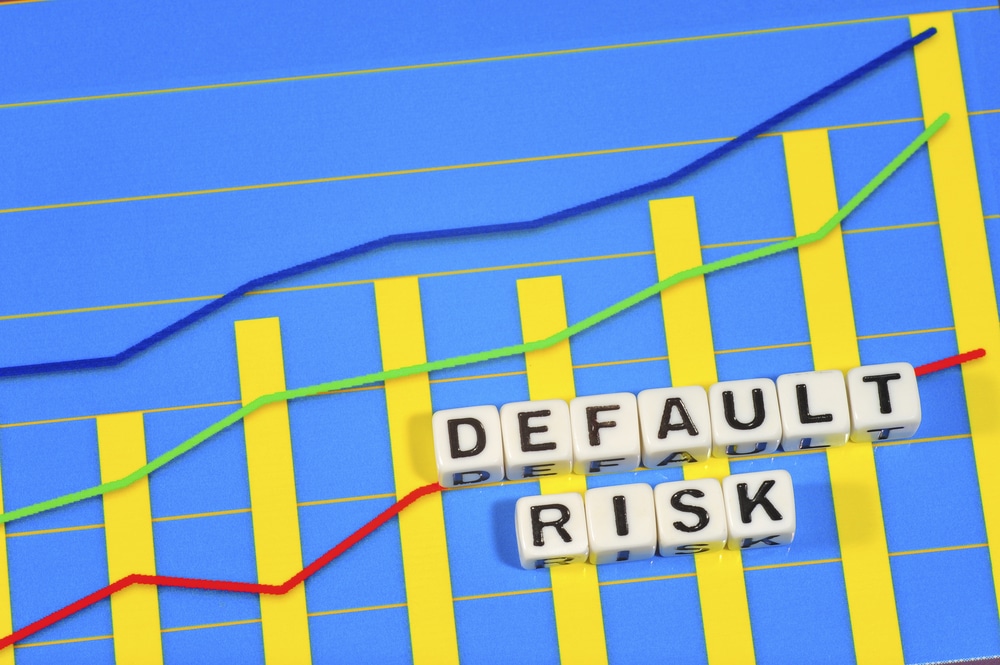When a borrower takes a loan, they expose the lender to a default risk. But what exactly is a default risk? Keep reading this article to learn more.
Defining Default Risk
Simply put, a default risk is one that lenders take that borrowers might not make all payments on certain debt obligations, such as credit cards and loans. When the default risk level is high, the borrowers are required to pay considerably high interest rates.
How is Default Risk Determined?
Whenever lenders extend credit to borrowers, there’s a possibility that they may not pay the loans. Default risk measures the probability of something like this happening. Lenders usually take such risk into account during the process of determining if one qualifies for a loan. Moreover, lenders consider default risk to determine the interest rate to be charged.
📈🤖 Unlock unparalleled trading potential with GPT Stocks Master AI! Revolutionize your portfolio, leveraging real-time insights and predictive analytics. Don’t miss out – step into a world where precision and profitability meet. Ready to transform your trading journey? Click “Master My Trades” now for your exclusive access! ✨🚀📊
Lenders check individuals’ credit scores for debt issues on rating platforms like Fitch Ratings, Moody’s, and Standard & Poor’s. As for companies, lenders determine default risk by analyzing the firms’ financial status and external factors, such as an economic recession, which are likely to make it difficult for the companies to meet their debt obligations.
Measuring Default Risk of a Company
Let’s now explain in detail how lenders determine a firm’s default risk.
Free cash flow – A lender can request financial statements from the company looking to borrow a loan to calculate its free cash flow. The cash flow is determined by subtracting expenses from operating capital. If the free cash flow amount is negative or near zero, it would indicate that the company in question might be struggling to generate sufficient cash, and therefore, it won’t be capable of making loan repayments. That said, a negative free cash flow indicates a very high default risk.
Interest coverage ratio – This is another effective way of assessing a company’s default risk. An interest coverage ratio is determined by dividing a firm’s earnings before taxes and interest by its debt interest payments. If the ratio is high, it would suggest that the company generates enough revenue to settle interest payments, and this indicates a low default risk.
Rating agencies mentioned earlier can also help lenders determine the default risk of companies. These agencies evaluate the firms’ corporate debt and group them into two categories: speculative debt and investment debt.
Companies under the investment-grade debt category are considered to have low default risk and attract investors. Moreover, they are likely to pay lower interest rates than companies under speculative debt.
Measuring Default Risk of Individual
If you have borrowed a loan from a bank or an online lender, your loan details were shared with a credit bureau, which generated your credit report and rating based on how you made repayments.
Licensed lenders are authorized to access the credit bureaus’ databases. So, when you want to borrow a loan again, they will check your credit report. If you have defaulted on a loan previously, the lender considers you to have a high default risk. In this case, even if they grant you a loan, it will attract high interest rates.
What Will Happen When Default on a Loan?
It depends on the lender’s policy and the type of loan borrowed. If you took a secured loan, then the lender will seize the collateral. As for an unsecured loan like a personal loan or credit card, the lender can sue you or even hire a collection agency to recover the borrowed funds.
Does Defaulting on Loans Affect Your Ability to Get Credit?
Yes! If you default on a loan, you become unattractive to lenders, and it can be tough for you to secure funding.
What is the Difference Between Delinquency and Default
When you fail to make a loan repayment on time only once, your loan becomes delinquent. Default, on the other hand, happens when you fail to make repayments severally. It is advisable to avoid both.

